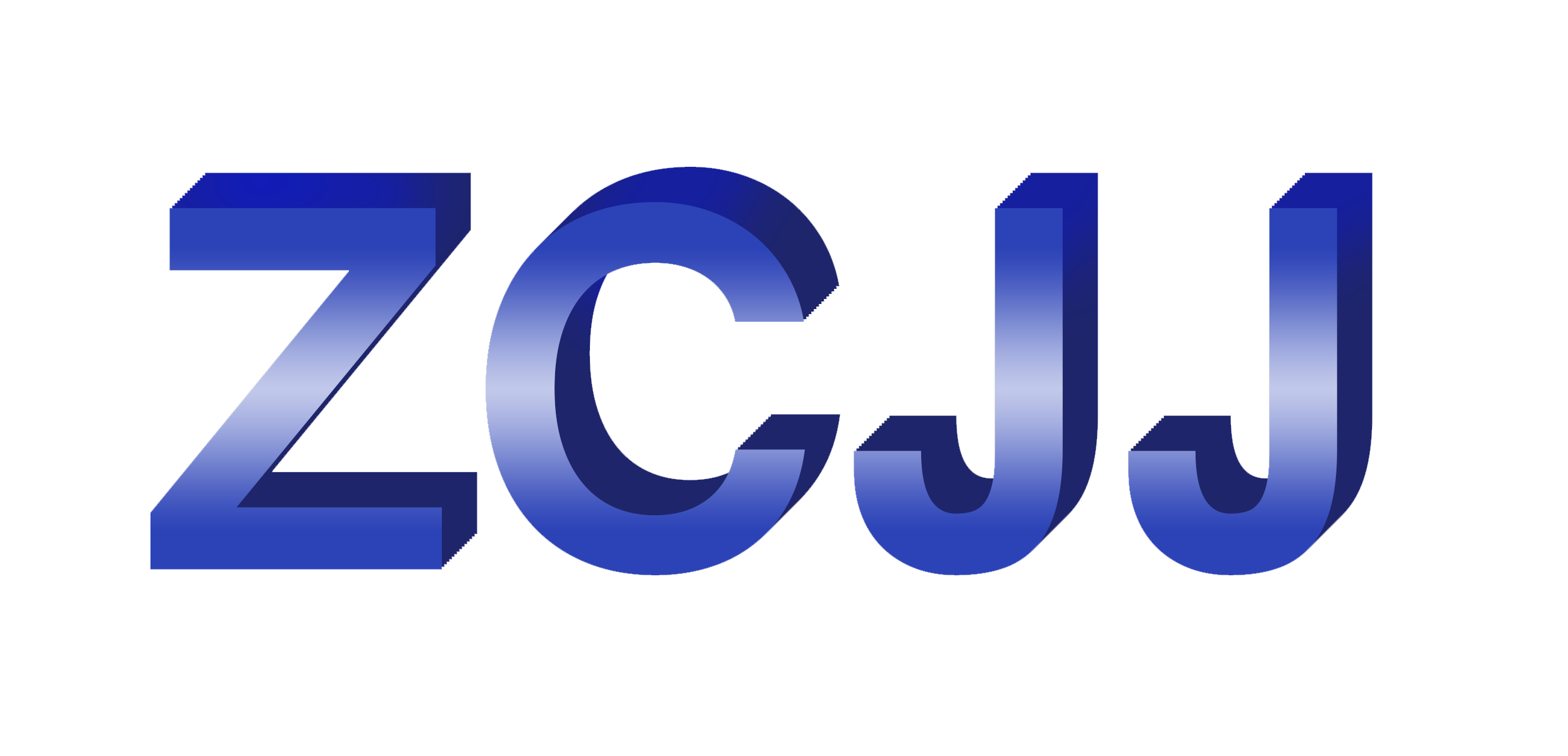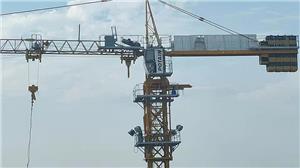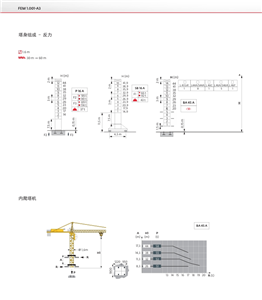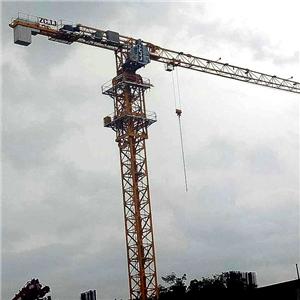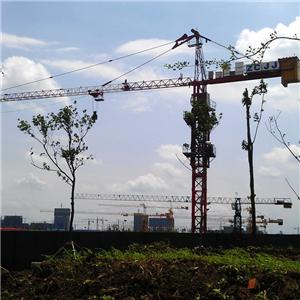L68A1 Mast SectionHow to prevent the influence of strong typhoon on tower crane
I. Influence of wind on tower crane
(I) influence of wind on structural strength of tower crane
L68A1 Mast Section:
http://www.towercranesupply.com/product/l68a1-mast-section-for-tower-crane-masts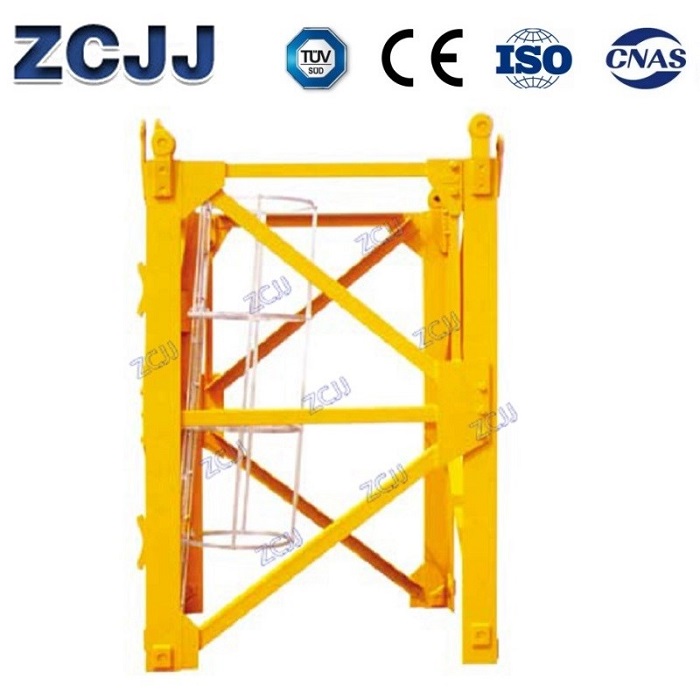
When the wind blows vertically to the crane boom, the wind load acting on the boom and the crane weight causes a torque M on the crane fuselage, which is decomposed into four plane trusses of the fuselage. The web member of the four plane trusses will generate a stress σ 1 which is proportional to the size of the wind load and the horizontal distance between the action point of the wind center and the fuselage. Obviously, the larger the wind load is, the more the boom is located The larger the amplitude, the greater the σ 1 in the web. In addition, the self gravity, lifting gravity and rotating inertia force of the boom will also produce a stress σ 1, σ 2 on the web of the tower body, which is also in direct proportion to the magnitude. In the actual design calculation, it can be found that in a certain wind load, σ 1 is far greater than σ 2. This shows that the main factor controlling the web stress value is wind load. Therefore, when the boom is in a large position, special attention should be paid to the instability of the fuselage web caused by the vertical wind, which leads to the damage of the crane.
When the boom is winded face-to-face, the wind load will cause the boom to produce backward bending distance around the boom root hinge when the crane is at the minimum range. If the wind load exceeds a certain value and the crane happens to be an empty hook, this backward bending moment will overcome the forward bending moment of the self gravity of the boom and make the boom tip backward. For the crane without anti back tipping device of boom, the back tipping of boom will cause damage to the whole crane. Therefore, the boom anti back tipping device shall be provided.
(II) influence of wind on the stability of tower crane
L68A1 Mast Section:
http://www.towercranesupply.com/product/l68a1-mast-section-for-tower-crane-masts
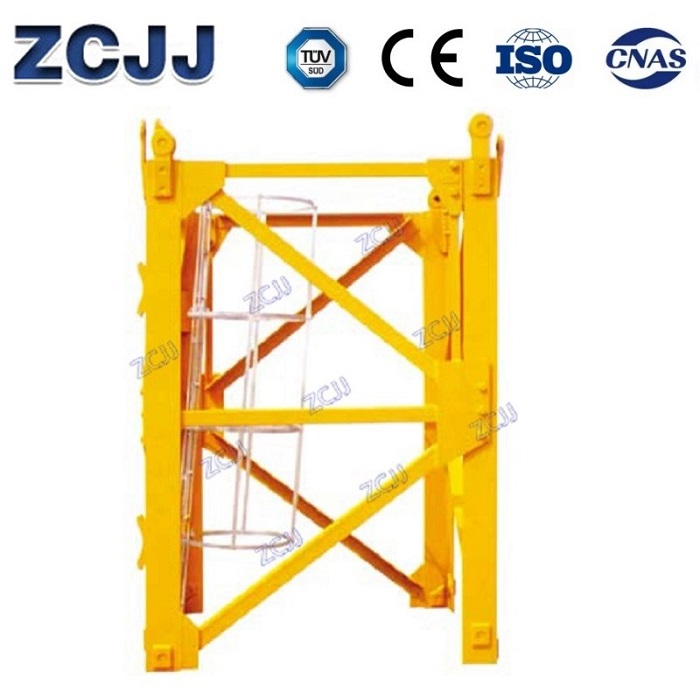
If the sum of all loads acting on the crane to the overturning edge moment is greater than zero, the crane is stable. For the crane with rated lifting capacity, the moment ml of self gravity of the crane to the overturning edge is the stable moment, and the sum m2 of the moment of lifting load and the wind load blowing from the rear of the boom to the overturning edge is the overturning moment. For a certain wind load f1w with ML + M2 = 0, the stability of the crane is in a critical state, for example, f1w > FW, the crane will tip over [1]. (see the crane design code gb38 Ⅱ and GB / t13752 for the calculation formula)
For the crane in no-load state, the moment of the self gravity of the crane to the overturning edge is the stable moment, and the moment generated by the face-to-face wind load is the overturning moment. In order to meet the requirements for the stability of the whole machine when the crane is designed to lift the rated lifting capacity to the maximum, the center of the resultant force of the self gravity of the crane is often arranged backward, which will inevitably lead to the result that the crane has a backward inclination tendency when the crane is unloaded. If the head-on wind load is increased to a certain range, the stability moment generated by the self gravity of the crane with the back center of gravity is not enough to overcome the inclination caused by the wind load Covering torque, so the whole machine will overturn.
(III) the influence of wind load on the boom back tilt and the whole machine back tilt
For the luffing crane, when the boom of the fairing crane blows face-to-face, the wind load will cause the boom to produce a backward moment around the root hinge point of the boom when the crane is in a small range. The failure of the crane or the anti roll device of the anti roll device will cause the boom to overturn backward and the boom to overturn backward, which will lead to the damage of the whole machine. For the crane or the luffing crane of the horizontal trolley with the fixed support arm, when facing the wind, there will be the risk of the whole machine to tilt backward. In the design of crane, in order to meet the maximum rated lifting capacity, the whole machine will not collapse forward, and the gravity center of gravity force is often arranged backward, which will lead to the tendency of backward inclination of crane when there is no hook.
(IV) impact of strong typhoon on crane in non working state
L68A1 Mast Section:
http://www.towercranesupply.com/product/l68a1-mast-section-for-tower-crane-masts
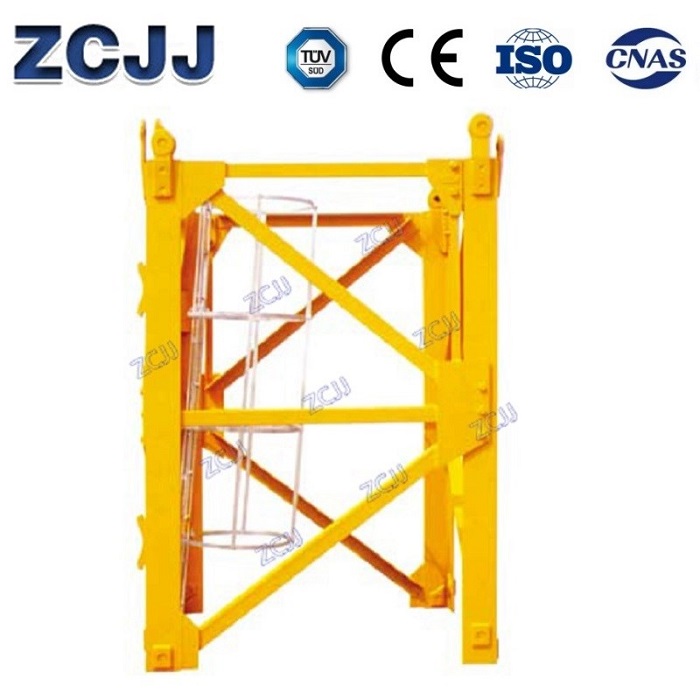
The wind load plays a decisive role in the design of steel structure, anti overturning stability, wind and anti sliding safety devices of crane under non working condition. According to the crane safety regulations: for the crane working in the open air on the track, when it stops working in case of strong typhoon, the crane shall be anchored. At this time, the effect of wind on the crane is similar to the general building structure. However, there are still differences. The difference is that the connection between the general building and the foundation is permanent, while the crane and the ground (or foundation) are temporary connections, so the field needs to consider the limitations of the connection device site and the convenience of operation.
